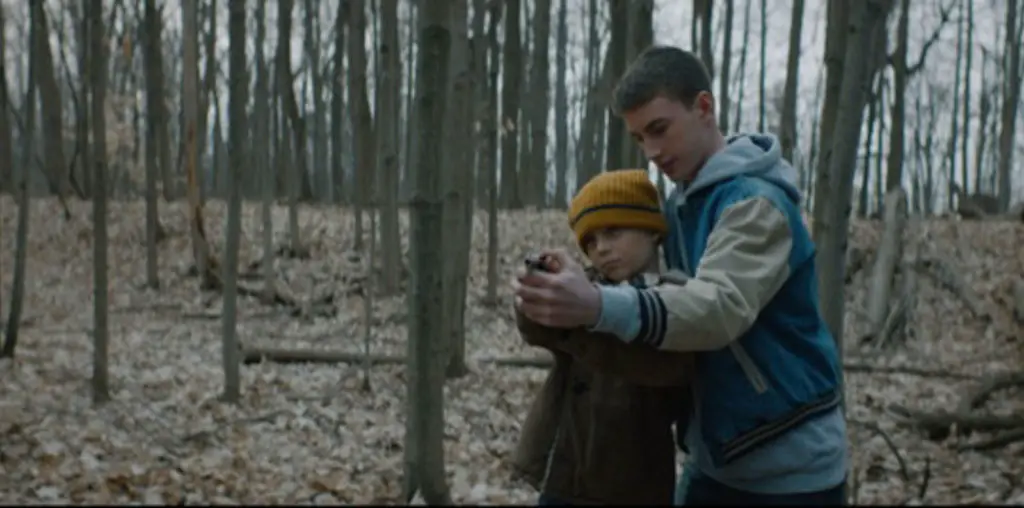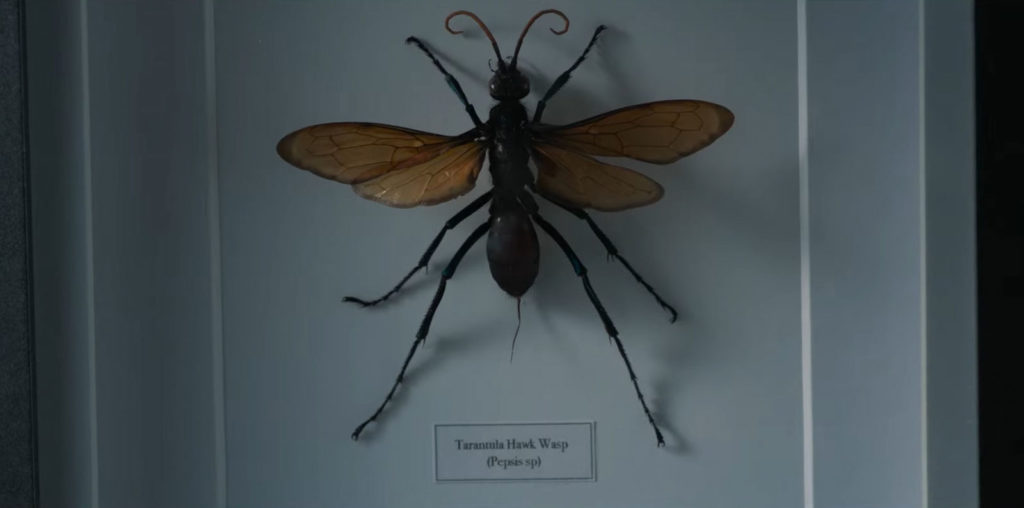
One of the most popular German books of the 20th century was Herman Hesse’s 1921 novel “Siddhartha,” which offered a Euro-boiled version of Hindu and Buddhist theology. While “Siddhartha” reflected the depth and scope of Indian religion much the way that Taco Bells reflects the depth and scope of Mexican cuisine, the book served (and continues to serve) as an introduction for Western readers to Eastern thought.
One would imagine that the very last person who would be qualified to bring “Siddhartha” to the screen was Conrad Rooks. With only one film to his credit (the 1966 experimental feature “Chappaqua,” an autobiographical replay of how he kicked a long-running drug and alcohol addiction), Rooks never displayed a hint that he was empowered with the artistic or emotional talent to bring Hesse’s text to life. Yet in one of the great miracles of cinema, the screen version of “Siddhartha” actually surpassed its source, resulting in one of the most profoundly beautiful films ever created.
Siddhartha is the son of a wealthy Brahmin who leaves his luxurious home in search of inner peace. He begins his journey as a Hindu ascetic, wandering the countryside without possessions and relying on the charity of peasants for his food and shelter. A chance encounter with the Buddha opens his eyes to a different theological viewpoint, yet Siddhartha is not able to fully embrace the Buddhist mindframe. Eventually he comes to a city and encounters Kamala, a beautiful courtesan who is immediately smitten by Siddhartha’s sincerity and innocence. She arranges for him to gain employment with a merchant, and Siddhartha quickly displays a talent for commerce. As the years pass, Siddhartha grows rich and hedonistic, yet he is never at inner peace. One day, he abruptly walks away from his life and returns to wandering. He eventually finds himself in the company of a wise old boatman who ferries people across the Ganges River. The boatman, in his simple yet elegant way, clues Siddhartha to the serenity he had never previously been able to obtain.
“Siddhartha” is an extraordinary achievement on all possible levels. Sven Nykvist’s Cinemascope camerawork is among the finest in the history of color cinematography. Through his lens, India emerges as a land of overwhelming beauty and mystery, with sunrises that blind with brilliance and sweeping landscapes that soothe tensions. Framing this visual treat (which is flawlessly edited by Willy Kemplen) is the Indian music score composed and sung by Hemant Kumar, which offers a hypnotic aural sensation to match the marvels captured by Nykvist’s camera.
In casting “Siddhartha,” Rooks wisely chose to call on Indian actors and not follow the Hollywood example of painting greasepaint on Hollywood stars. The result brings an organic authenticity to the story, with emotionally heartbreaking performances by Shashi Kapoor as Siddhartha and the gorgeous Simi Garewal as Kamala. Their on-screen passion (the first kiss ever captured in an Indian-based movie) is so moving that it is not difficult to feel a bit voyeuristic while observing their journey into love.
The depiction of religion on film is always a tricky proposition, and “Siddhartha” makes one minor mistake in its fey decision not to show the Buddha when he converses with Siddhartha (one only hears a mellifluous voice and observes a brief glimpse of a bare arm). However, the film does not pretend to encompass a uniquely Indian experience (a notion which many of Hesse’s readers mistakenly swallow). Instead, its message of coming to peace with one’s self is universal, crossing cultures and generations with its wisdom.
Sadly, “Siddhartha” was poorly received when it was released in the U.S. in 1972. Perhaps the cynicism of that time made the film seem out-of-place; it might have been hailed had it appeared during the flowery mid-1960s. Rooks never made another film, which is a major shame. However, in “Siddhartha” he presented a work of beauty and emotion which could rival the canon of any prolific filmmaker. For those who judge greatness by quality rather than quantity, Rooks and his film are among the classics.


